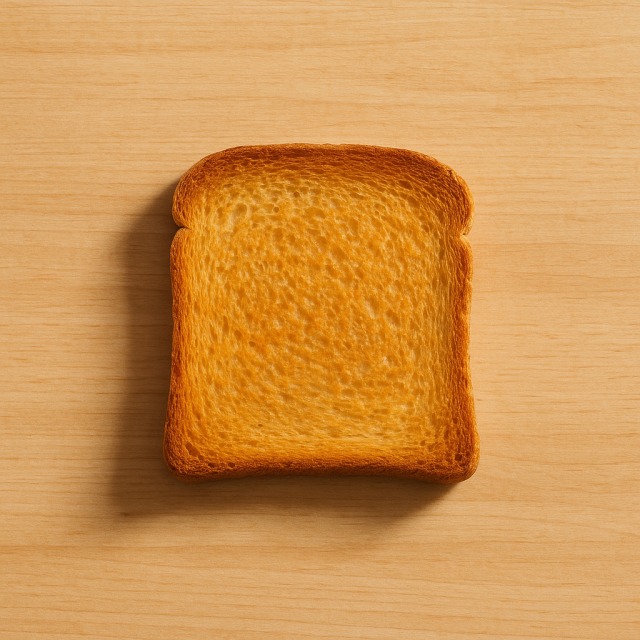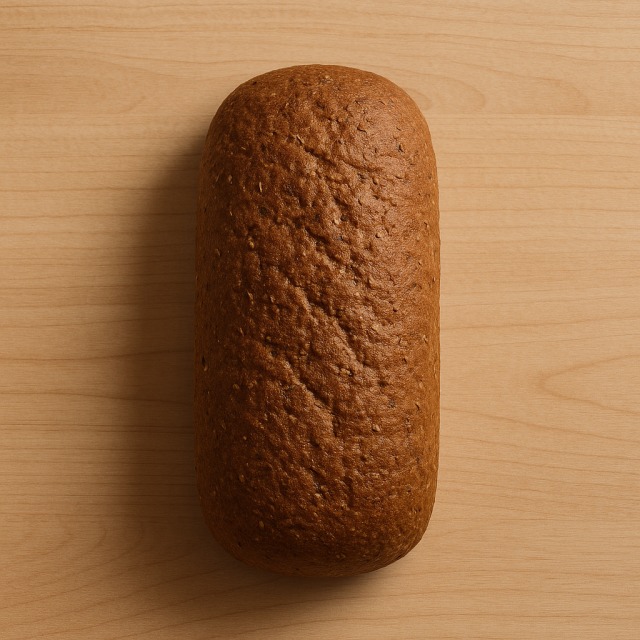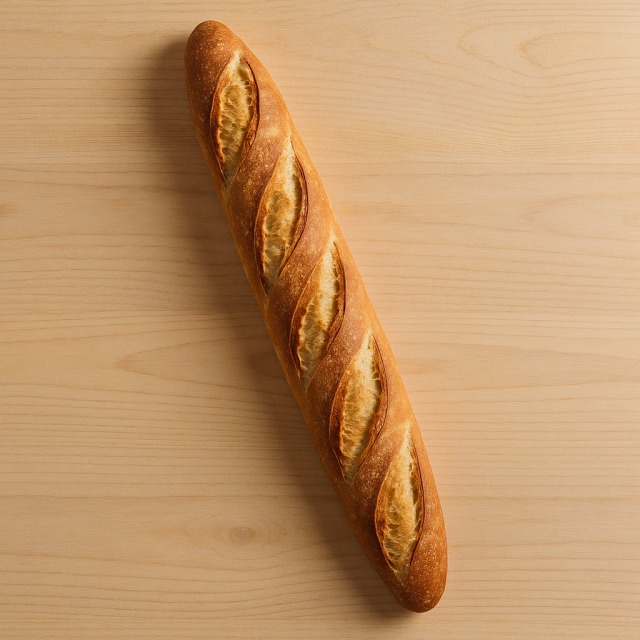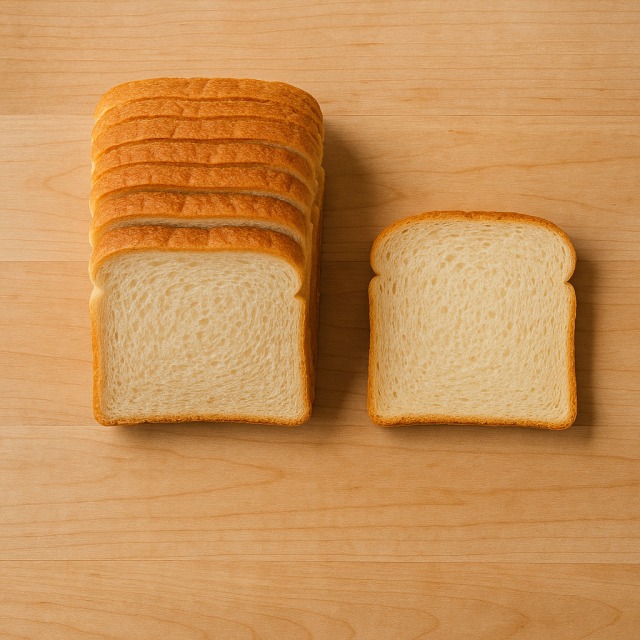Calorie Chart / Trimmings / Bread - Unleavened
How Many Calories Are in Unleavened bread?
Calculation of the nutritional value & Recommended Dietary Intake of unleavened bread
For g and a calorie requirement of kcal
| Calories 85 kcal | Proteins 2.5 g | Lipids 0.3 g | Carbohydrates 18 g |
| 4% | 3% | 0% | 7% |
Health benefits of unleavened bread
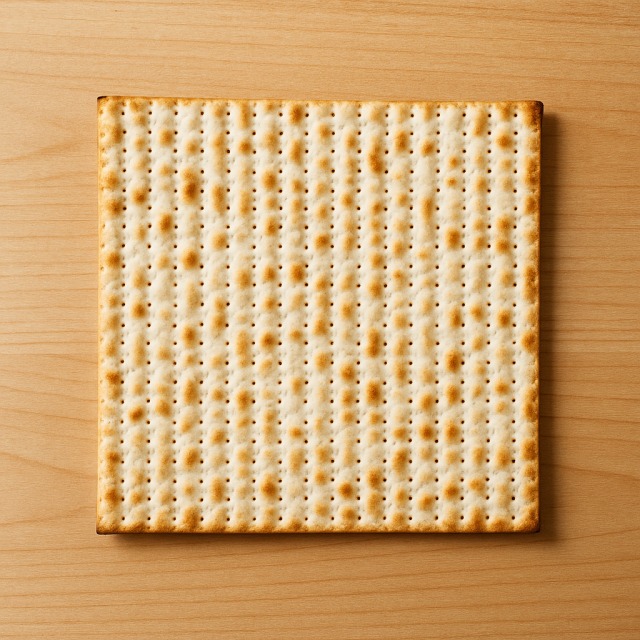
Unleavened bread - 100g
Calories 370 kcal
Proteins 11 g
Lipids 1.5 g
Carbohydrates 78 g
Unleavened bread is an ancient flatbread made simply from wheat flour and water, which explains why it delivers a concentrated 370 kcal per 100 g. Because of this energy density, nutritionists usually classify it as a high-calorie product. Those calories come mainly from complex carbohydrates (around 78%), supplying steady fuel for the brain and muscles without the sudden spikes that refined sugar calories can cause.
Beyond its calories, unleavened bread provides small but useful amounts of B-group vitamins such as thiamine (B1) and niacin (B3) that help convert calories into usable energy. It also contributes iron, magnesium, and phosphorus—minerals involved in oxygen transport, muscle function, and bone health. With only 1.5 g of fat, most of its calories are virtually fat-free, which may suit athletes looking for quick glycogen replenishment. Finally, the absence of yeast makes it a practical alternative for people who have to avoid fermented products; this benefit is more cultural than medical, but it is often cited. In short, unleavened bread offers dense calories, moderate protein, and micronutrients in a compact, easily stored form.
Tips for incorporating unleavened bread into a balanced diet
Because unleavened bread packs many calories in a small portion, portion control is key for a balanced plate. A simple wrap of unleavened bread filled with mashed chickpeas (for extra plant proteins) and fresh spinach delivers fibre that helps the body process those calories more slowly. You can also top a crisp sheet with sliced avocado and a squeeze of lemon: the good fats will improve satiety, so you may feel satisfied with fewer calories.
For a post-workout snack, pair a piece of unleavened bread with strips of smoked salmon; the omega-3s balance the carbohydrate calories and support recovery. At dinner, use it instead of rice to accompany a serving of chicken curry with rice: simply scoop the curry with the bread and skip extra starch so total calories remain under control. Remember that adding oil or butter can double the calories of the final dish, whereas herbs, spices, or raw vegetables add flavour without extra calories. Aim for half a plate of coloured vegetables, a quarter lean protein, and a quarter unleavened bread to keep calories in check while still enjoying its unique texture.
Frequently Asked Questions
- How many calories are in unleavened bread?
- There are 370 kcal per 100 g.
- Is unleavened bread lower in calories than regular leavened bread?
- No, weight for weight, the calories are similar or slightly higher because unleavened bread contains less air; the same flour therefore delivers more calories in a smaller slice.
- Can I eat unleavened bread on a weight-loss diet without exceeding my daily calories?
- Yes, but measure portions carefully: one 30 g piece already supplies about 110 kcal. Combine it with high-volume, low-calorie foods such as raw vegetables so total calories stay within your target.
- Are the calories in unleavened bread mainly from carbohydrates?
- Yes. Roughly 78 g of carbohydrates per 100 g account for close to 85% of its calories; only about 6% of the calories come from proteins and less than 4% from lipids.
- Does toasting unleavened bread change its calories?
- Toasting only removes water; nutrients stay the same, so calories remain 370 kcal per 100 g.
Similar foods
Information provided by Calorie Menu may contain inaccuracies or errors. It cannot, under any circumstances, substitute medical advice or medication.

